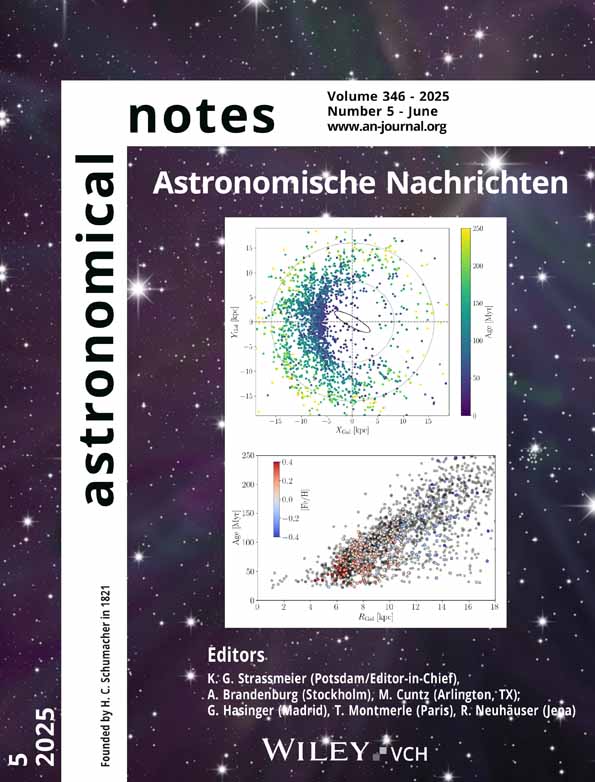Future investigations of GPS and CSS radio sources with LOFAR
Abstract
In the next few years, the Low Frequency Array (LOFAR) will open up one of the last astronomically unexplored wavelength regimes. While the LOFAR core is currently being erected in the Netherlands, its outer stations will cover a large part of Europe, resulting in an unprecedented angular resolution at > meter wavelengths. Next to many other exciting scientific endeavours, LOFAR will be the first instrument to probe the low frequency spectra of Gigahertz Peaked Spectrum (GPS) and Compact Steep Spectrum (CSS) radio sources. It will give new insights into their absorption processes, and probe associated extended emission (possibly linked to earlier epochs of activity) in these enigmatic class of young active galactic nuclei. Furthermore, LOFAR will be sensitive to possibly the most distant GPS and CSS sources, of which their spectral turnovers have redshifted down to the lowest observable radio frequencies (© 2009 WILEY-VCH Verlag GmbH & Co. KGaA, Weinheim)




